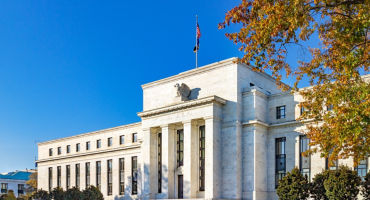High yield
In the high-yield market, the uptick in LME activity has increased volatility among stressed names, as these exercises can materially alter a company’s debt stack (in terms of both quantum and covenants), thereby changing recovery value assumptions. LMEs now constitute more than 50% of high-yield defaults and generally have higher recovery values compared to a traditional bankruptcy. Ex-distressed debt exchanges, default rates are lower than headline figures, underscoring the current health of the high-yield cohort. Over the intermediate term, LME activity is supportive for recovery rates as well.
Currently, the high-yield market is just about the highest quality it’s been in two decades because companies have favored conservative balance management since the pandemic, regulation has constrained traditional banks’ underwriting capacity, and private credit has grown. We think private credit will continue to underwrite the weakest cohort of high yield, creating a fundamental tailwind for the traditional public high-yield market.
It’s worth noting, however, that we remain cautious on the most challenged issuers due to the increased risk of aggressive creditor-on-creditor tactics that may crystalize deep market discounts via LMEs. Fundamental research, including understanding creditor covenants, is imperative in this environment.


























Monthly Market Review — October 2025
A monthly update on equity, fixed income, currency, and commodity markets.
By